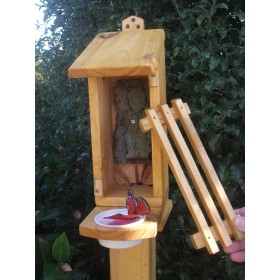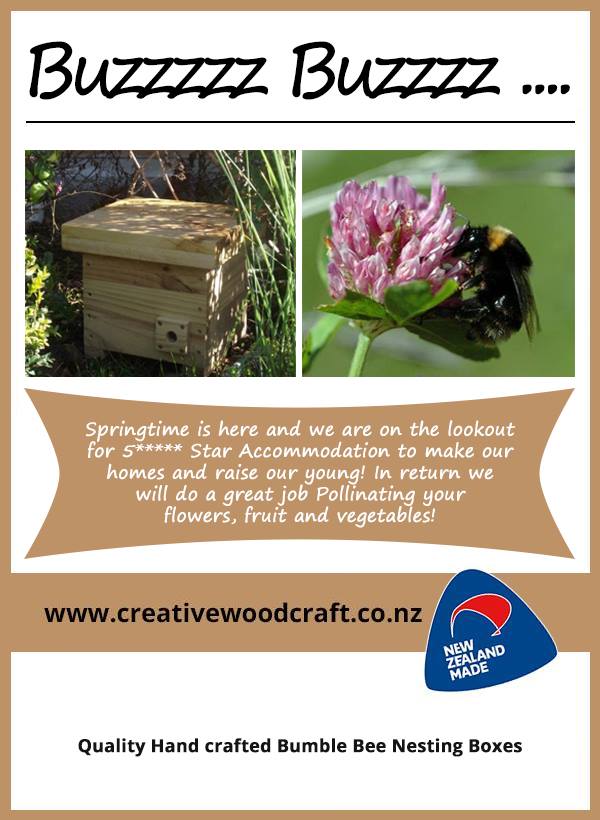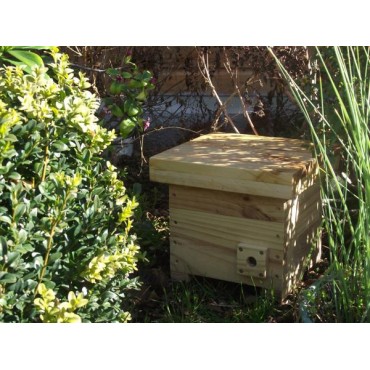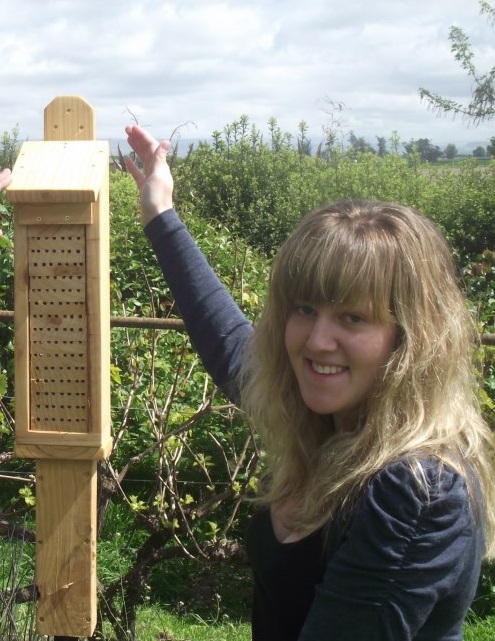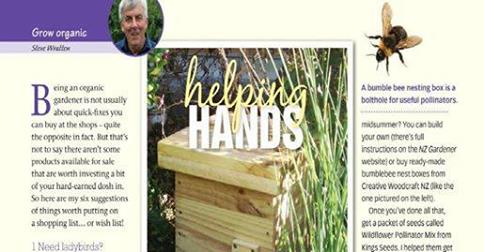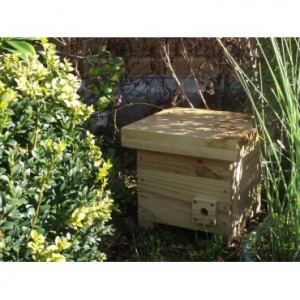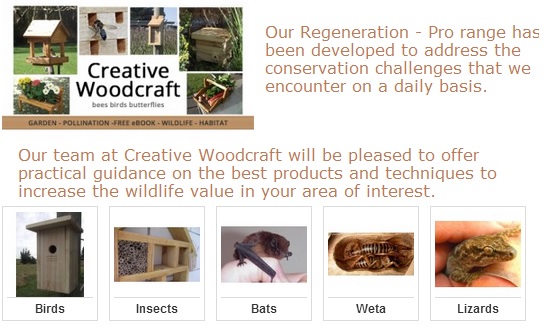Prepare to salute the admirals
By Meg Liptrot
2:04 PM Sunday Oct 5, 2014
Most gardeners don’t plan to grow caterpillar food, but our precious plants sometimes end up exactly that. In contrast, a butterfly gardener will intentionally grow food for caterpillars and is thrilled to find chomps taken from the plants in their garden, taking it as proof there are butterflies on the way.
Butterfly host plants are not always the most attractive additions to a garden and sometimes they’re downright hostile. Take nettles, for example. They were banished from our gardens for their antisocial ways but are essential food for a couple of our prettiest native butterflies.
Aotearoa is not known for its flamboyant butterflies, unlike those from tropical parts of the planet. Many of our native butterflies are small and their colours more subtle. Monarch butterflies are the exception, but you could consider these butterflies international citizens.
Red and yellow admirals have captured my heart and it is the biggest thrill to see one. Perhaps this species is called “admiral” because the butterfly looks like it is standing to attention.
Admiral butterflies jet about at speed as if they’re on a mission.
Butterfly threats
Habitat loss is probably the most important issue affecting butterfly populations, so having muehlenbeckia, tussocks and a few nettles in our landscaping is a great way to support our native butterflies. Flower gardens are on the come-back to support our honeybees and they are equally important for butterflies.
Butterflies take a hit whenever wasp numbers are higher than usual and we had a long hot summer last year. Exotic paper wasps are a predator, as are German wasps. Some wasps are considered beneficial to an organic garden as they provide balance and prevent unwanted pest caterpillars from destroying cabbages. Many native wasps are solitary species and are not such a threat to butterflies.
A butterfly-friendly garden
Butterflies like a sheltered, sunny garden filled with a wide range of flowers and a water source.
I once visited a tropical garden in Yandina on the Sunshine Coast, and was fascinated by a large pale blue butterfly sipping water from a puddle on a sun-lit paving slab.
When designing your butterfly garden, place a flat stone or paver in a sunny and sheltered north-facing spot, with a shallow saucer of water, or a stone with depressions in it for water to sit in.
Some butterfly enthusiasts recommend placing rocks in a birdbath so butterflies have a place to land.
Plant a mix of annuals, perennials, grasses and shrubs in your garden to provide a range of heights and staggered flowering stages to provide nectar from spring to late autumn.
At our environment centre garden we planted a patch of nettles, purple-flowering scabiosa and ageratum under a small damson tree with Hebe stricta and muehlenbeckia growing in the shrubbery behind.
A short bamboo panel protects unsuspecting visitors from getting too close to the nettles.
This butterfly patch adjoins our bee garden, which is filled with flowers from spring through to autumn.
I was excited to see a yellow admiral for the first time in the garden last year. We often see monarchs as we have some swan plants, too.
Flowers that butterflies love
Butterfly gardens require plants with flowers a butterfly can land on easily, and florets to allow it to sip nectar with its long proboscis.
Butterfly garden favourites include: rudbeckia, hebe, buddleia, cineraria, echinacea, monarda (bee balm), ageratum, alyssum, dianthus, scabiosa, salvia, sedum, single marigolds, chrysanthemums, verbena, wallflower and zinnia. You can buy seeds – including butterfly plant mix, nettle, swan plant and other types of milkweed – from the Monarch Butterfly New Zealand Trust, which also offers a course on butterfly gardening.
Caterpillar food
An essential piece in a butterfly garden jigsaw is the planting of host plants for caterpillars.
Admiral butterflies lay their eggs only on nettle species.
The yellow admiral caterpillar favours the exotic nettle Urtica dioica; the red admiral prefers native nettles. The Oratia Native Plant Nursery stocks these plants.
Put on some gloves when planting them.
Monarch caterpillars prefer swan plants and other milkweeds.
Ringlet and tussock butterflies prefer native tussock from the Chionochloa and Poa genus.
For Copper butterflies plant Muehlenbeckia species.
Blue butterflies and their relatives rely on plants from the legume family such as clover and yellow-flowering trefoil.
Find out more about native butterflies and their host plants:forestandbird.org.nz/files/file/Butterfly%20Manual.pdf or nzbutterfly.info
By Meg Liptrot


